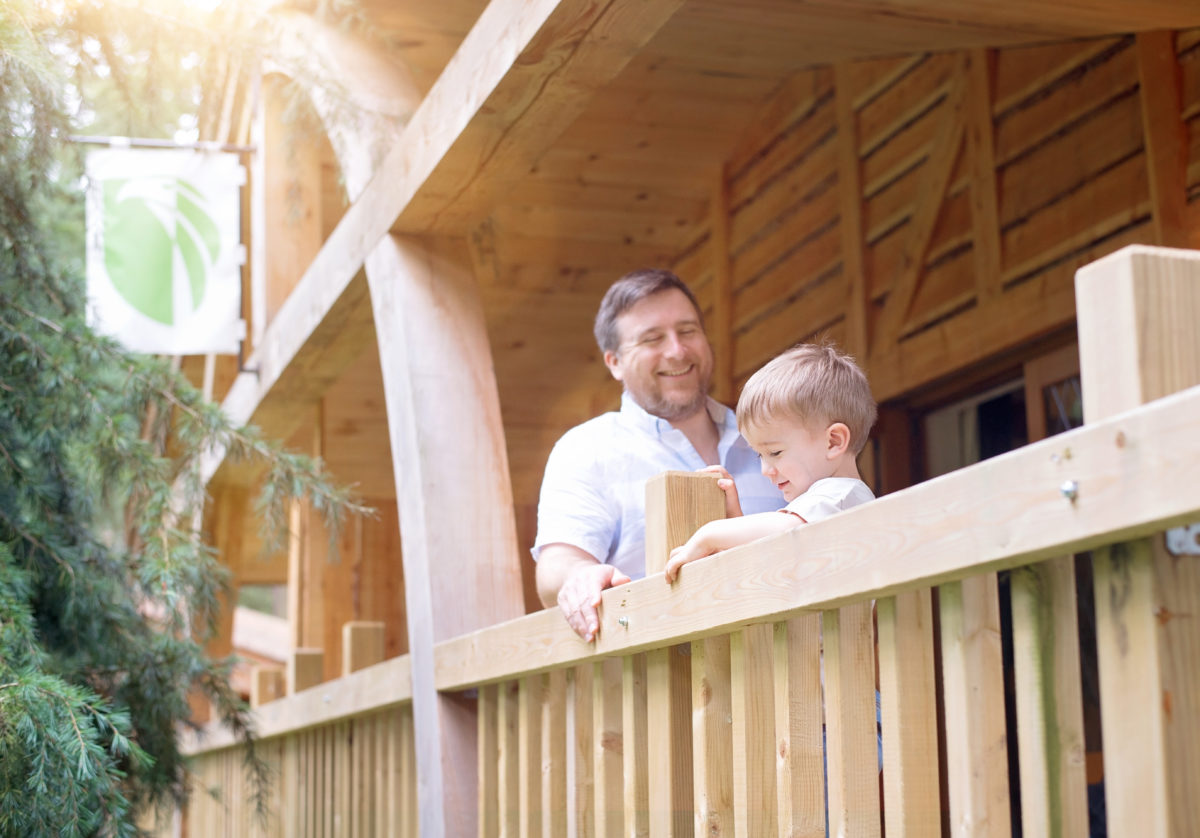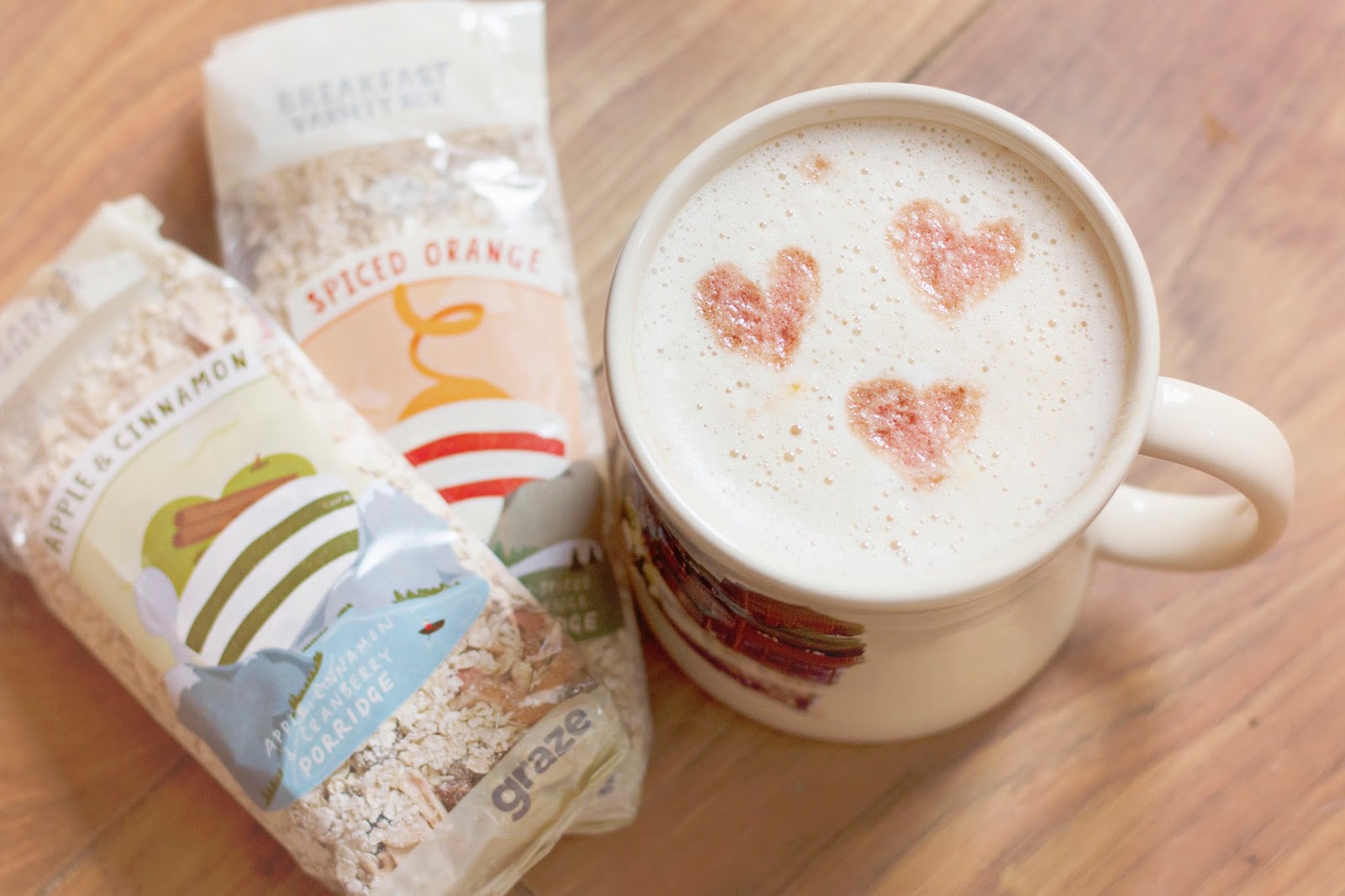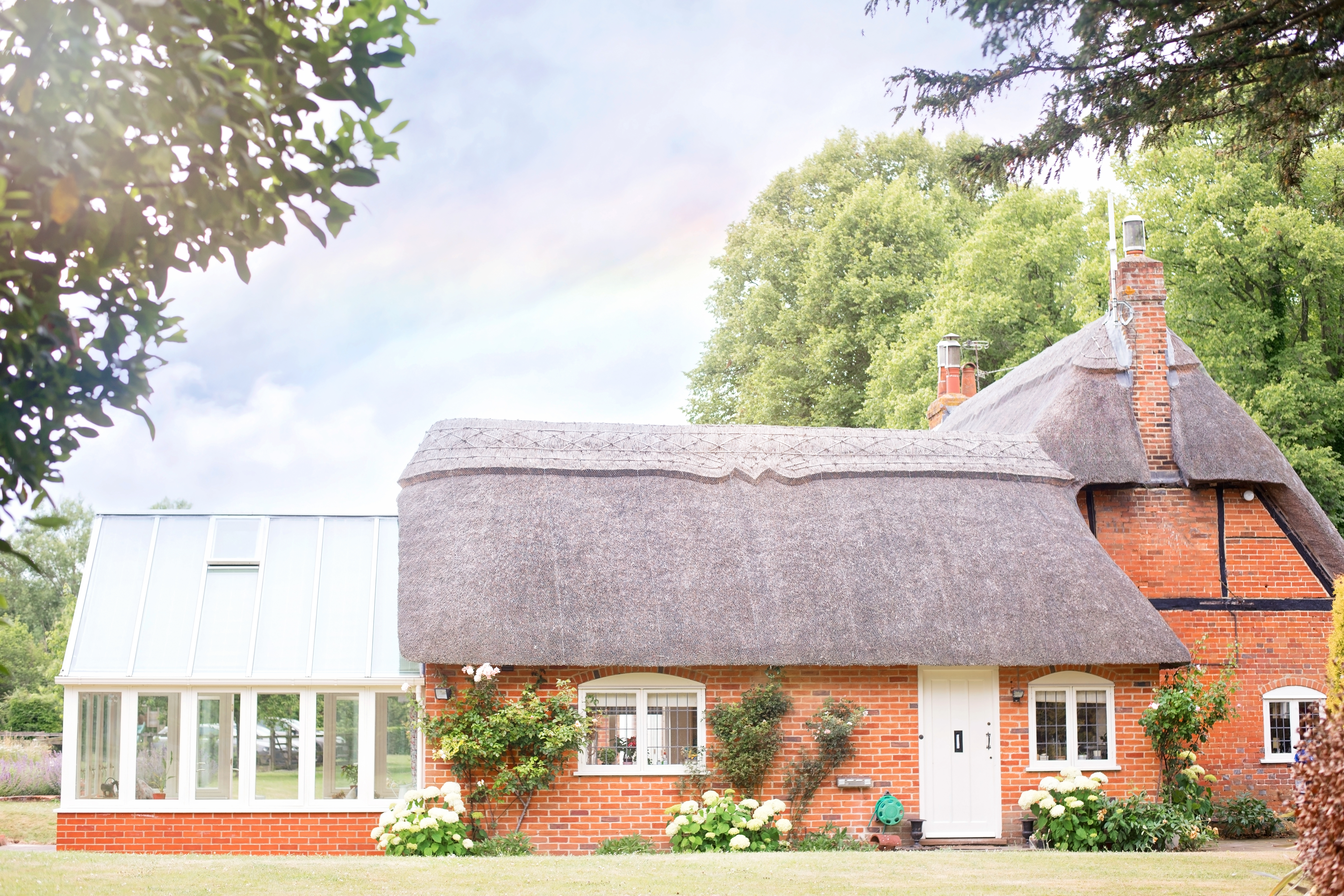Creating Memory Boxes to Help Children Through Big Life Changes

Life changes can be difficult for children to process, whether it’s moving house, starting a new school, or coping with family separation. These transitions often bring a mix of emotions that young ones struggle to express or understand. Creating memory boxes and family photo books have both become popular ways for parents to help children manage these challenging periods.
Memory boxes serve as both a practical tool and an emotional anchor during times of change. They can hold special items, photos, and mementos that help children maintain connections to important people and places. For families going through separation or divorce, these simple containers can become powerful symbols of continuity and love, helping little ones make sense of their changing world.
How memory boxes help children process big life changes
Physical objects work as reliable anchors when a child’s routine or environment shifts. Research shows that keepsake items like teddy bears with a parent’s scent help maintain emotional connections during transitions. The familiar smell or texture of a favourite toy activates positive memories linked to people and places that made the child feel safe. This sensory link helps settle anxious feelings, especially at bedtime or after a tough day.
When a child faces an unfamiliar environment, having a small photo or cherished item helps them soothe themselves. These items provide a way to regain a sense of normality in new surroundings. Such routines matter most during periods when a child cannot yet express complicated thoughts about loss or change.
Psychologists working with children after family separation note how soft toys in memory boxes help children find stability. Therapists use these boxes to help children feel secure as they move between households. Using these items creates steadiness across different environments when routines change.
For different age groups, memory boxes offer different features. Toddlers and preschoolers connect with sensory items that remind them of familiar people and places. School-aged children might appreciate photos and written notes that help them remember special moments.
During family restructuring, such as when parents separate, memory boxes become especially helpful. Consulting with family lawyers UK about arrangements for children often leads parents to ask how emotional connections can continue across two homes. Building a memory box supports this goal, offering children comfort and familiarity wherever they are staying.
Memory boxes are created and used during the transition period itself. They serve as tools for emotional processing rather than preserving memories. The items inside are chosen specifically to help children cope with current changes.
Essential items to include in your child’s memory box
Photographs form the foundation of most memory boxes. Include family portraits, pictures of special places, and snapshots of everyday moments. For younger children, laminating photos makes them more durable for handling. Consider adding images of the bedroom, favourite park, or school to maintain visual connections to familiar environments.
Comfort objects and sensory items help children feel secure through touch and smell. Small toys, a piece of fabric from a parent’s clothing, or a scented item like a sachet of lavender from the garden can trigger positive emotional responses. These sensory connections are powerful for younger children who process emotions through their senses.
Written memories provide another layer of support. For younger children, simple notes with reassuring messages help. Older children might appreciate letters explaining changes in age-appropriate terms. Some parents create small books with basic explanations about new living arrangements or what to expect at a new school.
Customising for different life changes
Every big change is unique, so it helps to tailor the memory box to the situation. For house moves, include a map marking old and new locations, photos of the new neighbourhood, and perhaps a small item from the old home. School changes benefit from including the new school logo, a welcome letter, or information about clubs and activities.
With family separation, items that connect both homes are helpful. Matching small toys or books that can travel between houses creates continuity. When parents work with specialists during separation, they often discuss how to maintain consistency for children. Memory boxes can be part of this approach, helping children feel connected to both parents.
Steps for creating the memory box together
The process of making a memory box can be as beneficial as using it. Parents should set aside unhurried time when both adults and children can focus on the activity without distractions. This shared experience builds trust and opens communication channels about the upcoming changes.
Children should be involved according to their age and abilities. Toddlers might simply select favourite toys, while older children can take more control over what goes inside. Open questions such as “What helps one feel happy when sad?” or “What should be remembered about this house?” can guide the process.
Decorating the box itself becomes a special bonding activity. Paint, stickers, photos, or fabric can personalise the outside. This creative process gives children ownership over their memory box and makes it more special.
Using the memory box effectively during transitions
Introducing the memory box concept works best before major changes occur. Parents can explain how the box will help keep special memories safe during the upcoming transition. Creating simple rituals around using the box, such as looking through items at bedtime, provides structure during uncertain times.
Encourage children to express their feelings through the box contents. When a child seems upset or withdrawn, suggesting they find something from their memory box can open conversations about their emotions. This approach gives children a concrete way to process strong feelings about change.
As circumstances change, the memory box should too. Adding new items that represent positive experiences in the new situation helps children see that good things can happen even during difficult transitions.
Supporting conversations about change
Memory box items work well as conversation starters during big changes. Holding a keepsake often makes it easier for children to express what they are missing or feeling, especially when words are hard to find. For instance, a favourite photo might lead to a discussion about a missed friend or a toy can help a child reminisce about fun days at a previous home.
Using simple, honest language matched to a child’s understanding supports these conversations. Instead of abstract explanations, clear terms should be used, such as, “Sometimes families live in two houses, but both homes are safe and filled with love.” This approach gives reassurance and helps the child process what is happening.
It is common for children to bring up difficult feelings or worries when looking through their memory box. When this happens, acknowledging their thoughts with a response like, “It is OK to feel sad or confused about changes,” shows that emotions are natural and accepted.
As children add new items to their memory box, keeping up with regular check-ins can make these moments calmer. Making this a routine encourages children to ask questions when they are ready. Responding honestly while keeping explanations simple builds trust.
Memory boxes provide a gentle way to help children through life’s biggest challenges. Creating these special containers together gives parents a way to offer both emotional support and practical tools for managing change. The process helps build resilience and maintain important connections during periods when children need them most.


